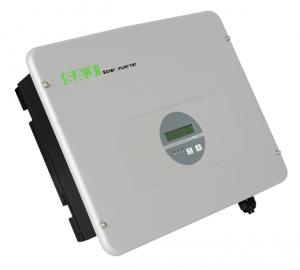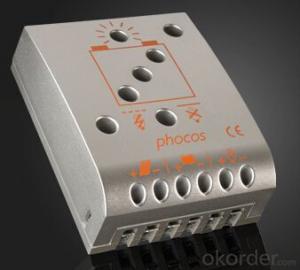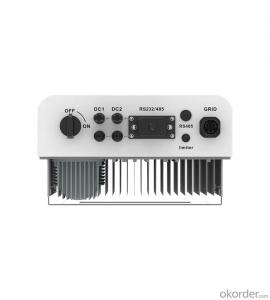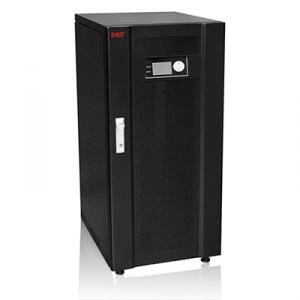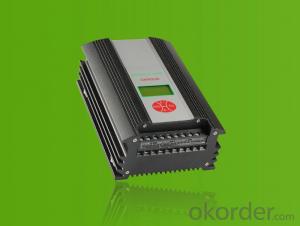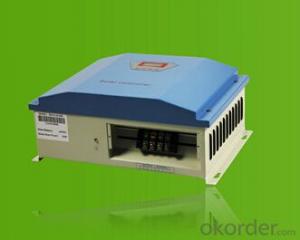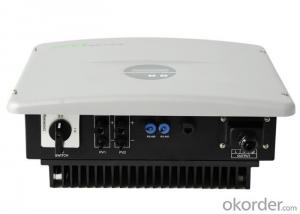Mppt Based Solar Inverter
Mppt Based Solar Inverter Related Searches
Mppt Solar Inverter Mppt Solar Power Inverter Mppt Inverter Solar Mppt Inverter For Solar System Mppt Hybrid Solar Inverter Mppt Solar Hybrid Inverter Mppt Solar Pump Inverter Microtek Mppt Solar Inverter China Mppt Solar Inverter Best Mppt Solar Inverter 12v Mppt Solar Inverter Dual Mppt Solar Inverter Mppt Solar Inverter Charger Mppt Solar Inverter 24v 1kw Mppt Solar Inverter 24v Mppt Solar Inverter Mppt Solar Inverter Price Mppt Solar Inverter 48v 24 Volt Mppt Solar Inverter Mpp Solar Inverter 2kw Mppt Solar Inverter 3 Mppt Solar Inverter Apollo Mppt Solar Inverter Mpp Solar Power Inverter Mppt Solar Inverter 12 Volt 5kw Mppt Solar Inverter 2kva Mppt Solar Inverter 5kva Mppt Solar Inverter 3kva Mppt Solar Inverter Mppt Solar Inverter ManualMppt Based Solar Inverter Supplier & Manufacturer from China
Mppt Based Solar Inverter is a type of solar power conversion device that utilizes Maximum Power Point Tracking (MPPT) technology to optimize the energy extraction from solar panels. This advanced technology ensures that the inverter operates at the most efficient point, maximizing the power output from the solar array. The MPPT algorithm continuously monitors the solar panel's output and adjusts the operating point to achieve the highest possible power output under varying sunlight conditions.The application and usage scenarios of the Mppt Based Solar Inverter are diverse, making it a popular choice for both residential and commercial solar energy systems. It is widely used in off-grid solar power systems, where it converts the energy generated by solar panels into usable AC power for homes, businesses, and remote locations. Additionally, it can be integrated into grid-tied solar systems, where it helps to regulate the flow of power between the solar panels and the electrical grid, ensuring a stable and efficient power supply.
Okorder.com is a reputable wholesale supplier of Mppt Based Solar Inverters, offering a vast inventory of high-quality products to cater to the needs of various customers. With a commitment to providing reliable and efficient solar energy solutions, Okorder.com ensures that their Mppt Based Solar Inverters meet the highest industry standards, making them a preferred choice for those seeking to harness the power of the sun for their energy needs.
Hot Products













